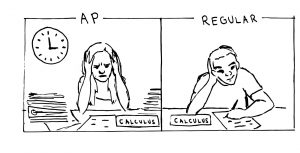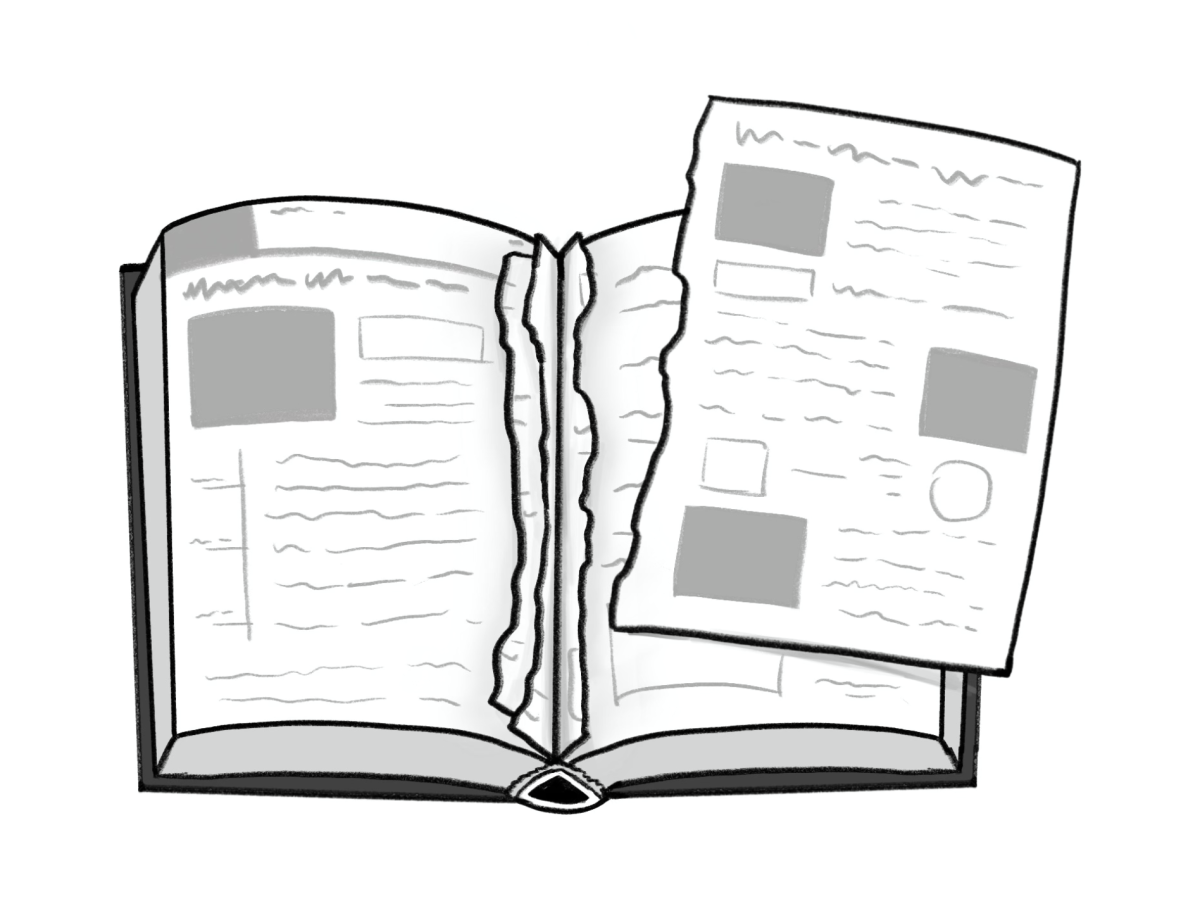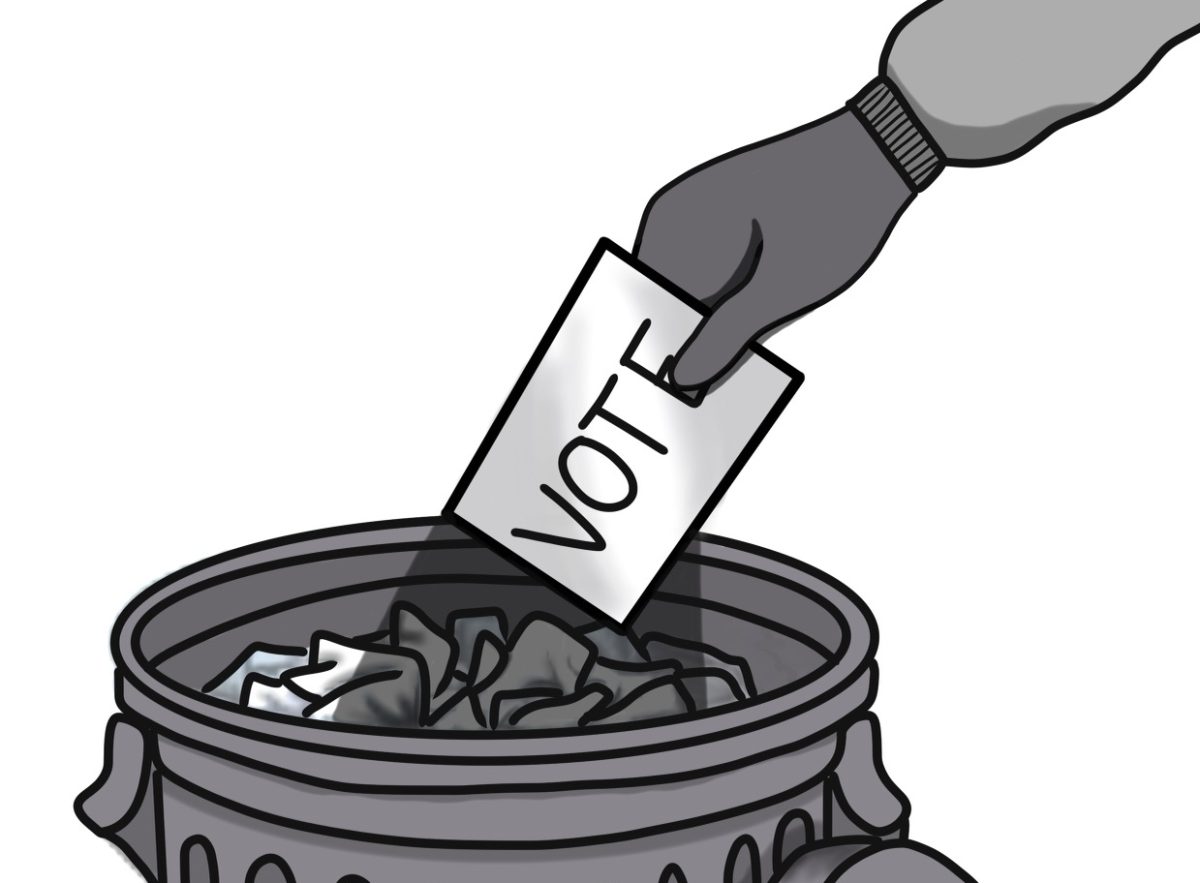
Throughout middle school and most of high school, Redwood students have conformed to a set math track with little individual variation.
However, everything changes after students complete precalculus and are left with the daunting decision of whether to continue on to calculus or to change mathematical course and take statistics.
Though this choice may seem trivial when students fill out a scheduling sheet, it is crucial and often impacts which math classes they will take in college.
While taking a calculus course is more natural for students in terms of content, some hesitate because they feel pressured into choosing an AP calculus option.
Regular calculus gives students at Redwood the opportunity to get crucial exposure to a high-level math course while still providing them with the support and time cushion that AP Calculus cannot.
The class, created by Heather Curtaz and Julianne Schrick, was first offered in 2015 for students who either didn’t have room for another AP level class in their schedule or didn’t feel comfortable taking on a college level math class in high school.
As a student who thrives while writing essays, not graphing functions, I knew that I would struggle in AP Calculus given the fast pace and intensity of the class. I still wanted exposure to calculus and to have the ability to use the knowledge I gained in Precalculus in a new way, but I was still tentative to take the class at an AP level.
However, when I learned about a regular calculus class offered only first period, I decided to face my fears and give it a try.
The regular calculus class covers almost all the same material as AP Calculus AB, but at a slower pace, with time allotted to fully master topics students may struggle with.
After the first day of instruction I had no questions about the content we took notes on, only confusion on why there was only one section of students taking advantage of this class!
Until 2015, students at Redwood had limited options after taking precalculus. It is impractical that for so long Redwood only had an AP option available, especially for a subject as fundamental as math.
Even with a regular calculus class now offered, the majority of students who take calculus at Redwood still choose to take advanced placement AB or BC classes.
At Redwood there is a negative stigma associated with not taking calculus before graduation, leading many students to believe that calculus in high school is vital for future success.
A regular calculus class option helps serve students who see the value in the course but know they will need extra support in order to be successful in the challenging subject.
In an interview with the Washington Post, David Bressoud, former president of the Mathematical Association of America, offered an explanation on how pressure to take AP level Calculus in high school can have negative effects on student learning.
“Within our schools, there is tremendous pressure to fill these classes,” Bressoud said. “Too many students are being accelerated, short-changing their preparation in and knowledge of algebra, geometry, trigonometry and other pre-calculus topics.”
In many ways, the regular calculus class is similar to Common Core material, a national initiative that 42 states have adopted into their curriculum, according to Common Core State State Standards Initiative data.
Common Core academics focus on going more in-depth on fewer topics, a way of learning that stemmed from information collected in a study by the Trends in International Mathematics and Science Study that found American third graders were taught 22 topics, while international children the same age learned only seven.
Students who want to be exposed to calculus but need more time to learn material will benefit from the regular calculus class and the way it is formatted, which allows flexibility on the amount of time spent on each unit.
This free rein is only made possible due to the fact that the class doesn’t have to worry about the AP test in May.
Redwood’s strength in Advanced Placement programs can be seen in data from PrepScholar, which shows that the average score of all AP tests taken by Redwood students is a 3.8 out of a possible 5, placing Redwood in the top ten percent of schools for AP tests.
This data demonstrates that students who are taking AP level courses are generally seeing success and clearly mastering the material well enough to potentially receive college credit.
However, for students who are not ready for the rigor and speed of AP Calculus but want to continue on their math track, regular calculus is the right answer.
While the regular calculus class will not and should not be utilized by all students, having it as a course option shows progress in how students with varying skill levels are able to learn material and gives those who want to pursue mathematics a chance to reach their full potential.


















